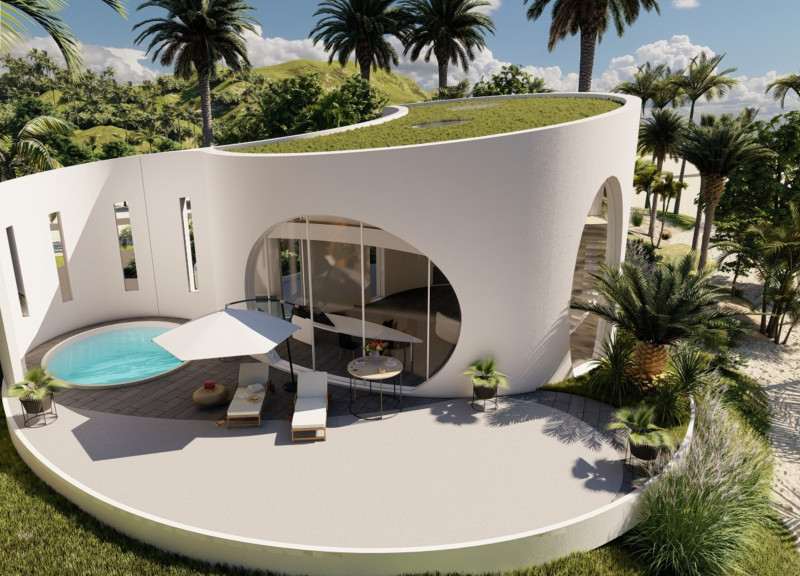5 key facts about this project
This architectural endeavor functions not only as a space for [insert primary use, e.g., community engagement, residential living, commercial activities] but also as a pivotal point of interaction for its users. Every element is meticulously crafted to enhance the experience of those who inhabit or visit the space. The layout reflects a deep understanding of how people move through and utilize spaces, ensuring that each area is both functional and inviting.
Key design components include an emphasis on natural light, achieved through extensive use of glass, allowing for a transparent connection between the interior environment and the outside world. This not only promotes energy efficiency through daylighting but also fosters a sense of openness and connectivity. The careful placement of these glass elements works in tandem with other materials used throughout the project; for instance, wood accents add a layer of warmth which contrasts beautifully with the sleekness of the glass and the robustness of reinforced concrete. The integration of varied materials furthers the project’s narrative of balance between modernity and comfort.
The architectural design also incorporates sustainable practices, including passive heating and cooling strategies that respond to the local climate. By integrating biophilic design principles, the project encourages a closer relationship between nature and the built environment. Elements such as green roofs or landscaped terraces not only contribute to aesthetics but also to environmental benefits, providing insulation and aiding in rainwater management.
Unique design approaches are evident throughout the project, subtly influencing its architectural language. The choice to utilize local materials not only ties the building to its geographical context but also supports regional economies. Moreover, the innovative structural solutions presented in the design demonstrate a forward-thinking approach that addresses contemporary architectural challenges while paving the way for future developments.
The interiors are designed with versatility in mind, offering adaptable spaces that can evolve with the needs of their occupants. This flexibility is a testament to the project's commitment to longevity, ensuring that it remains relevant and useful as user needs change over time. The attention to detail extends to the choice of furnishings and fixtures, all of which have been selected to complement the overall design aesthetic while enhancing functionality.
In summary, the project exemplifies a successful integration of thoughtful architectural design principles with an emphasis on context, sustainability, and user experience. Its careful consideration of materials, functionality, and aesthetic appeal positions it as a model for future developments, demonstrating that well-executed architecture can serve as both a practical solution and a source of inspiration. For those interested in delving deeper into the architectural plans, sections, and various design elements, further exploration of the project presentation is highly encouraged. Here, one can appreciate the intricate architectural ideas that underpin the entire design and witness how these elements coalesce to create a unique architectural statement.























